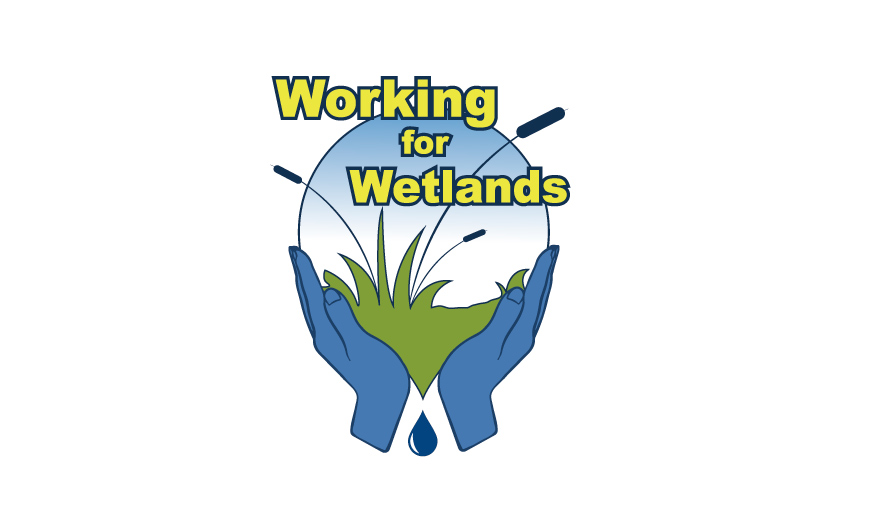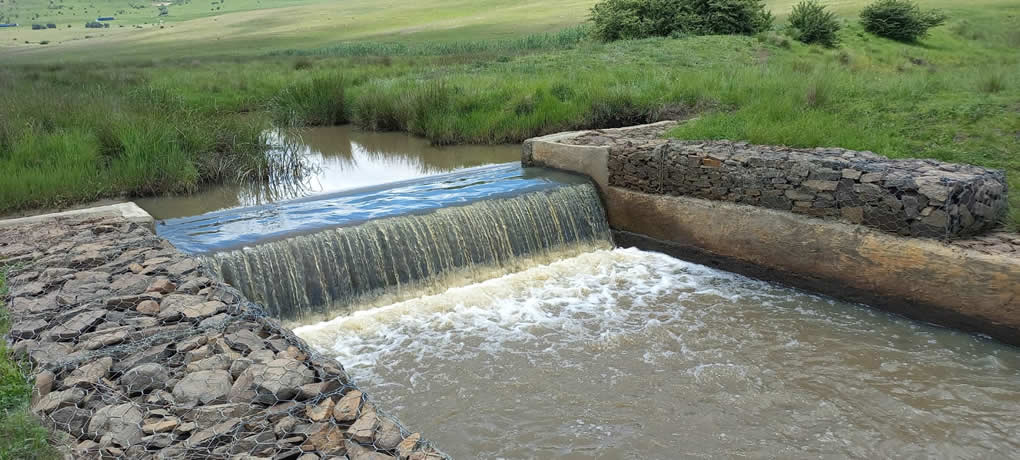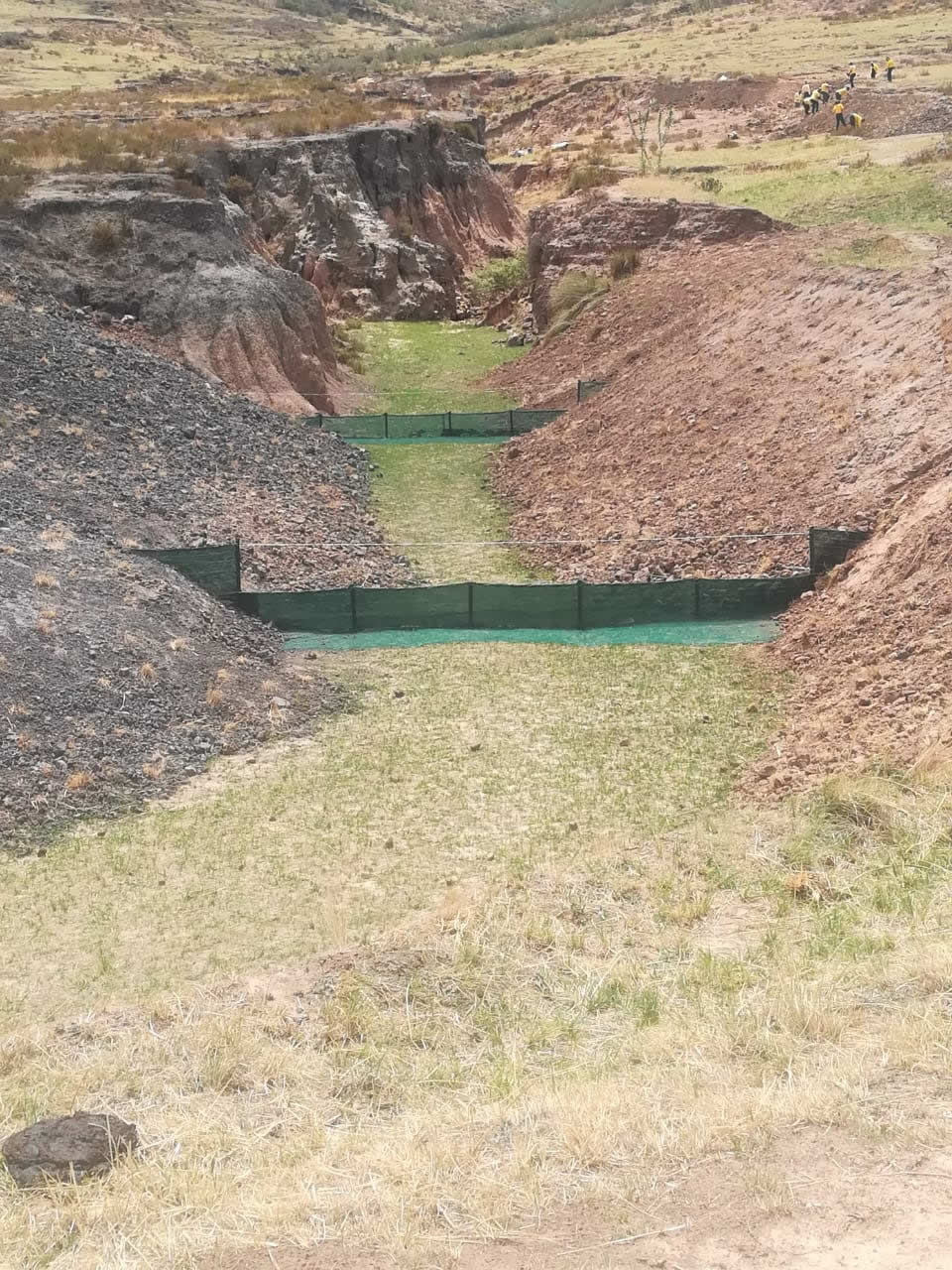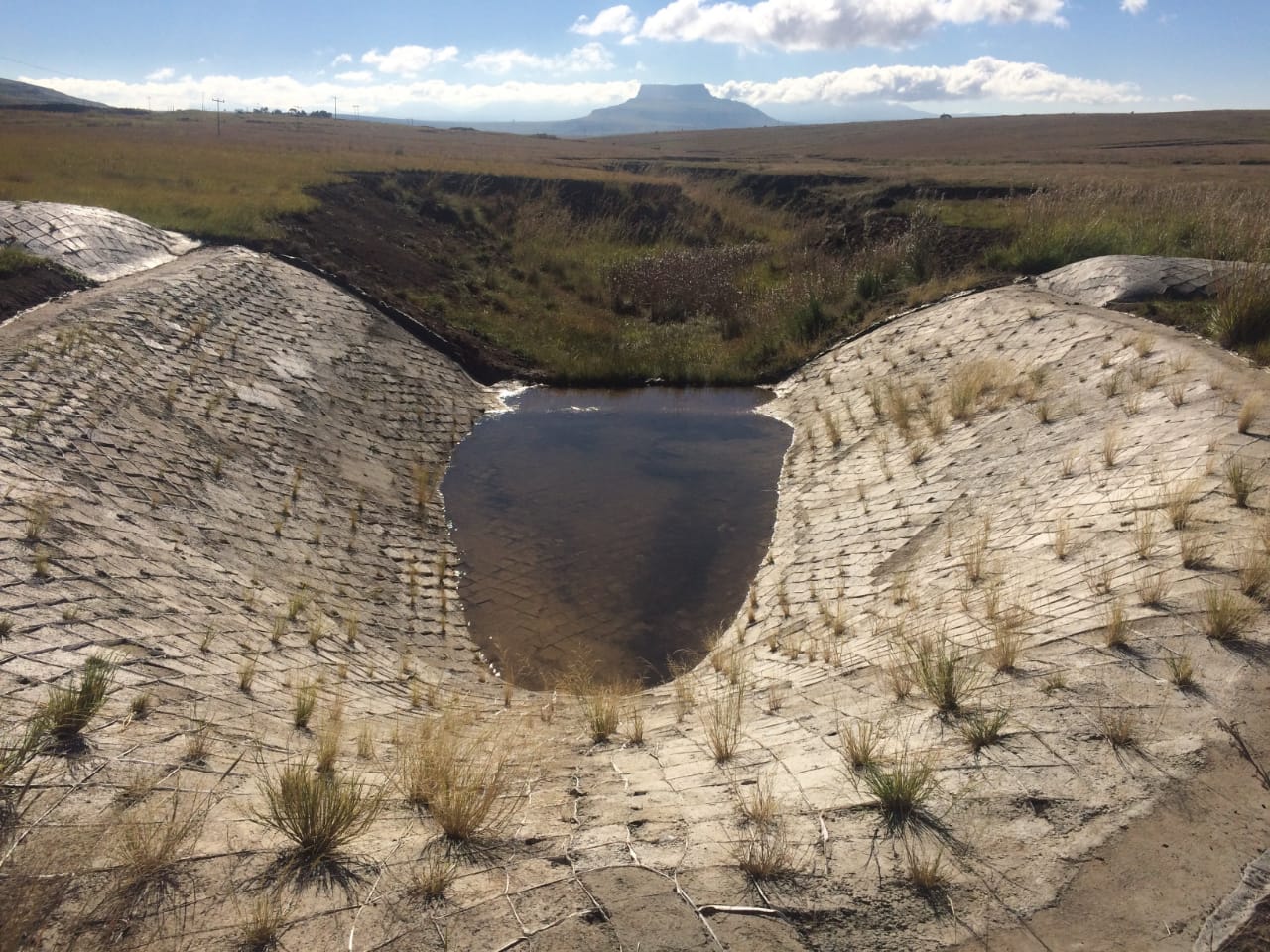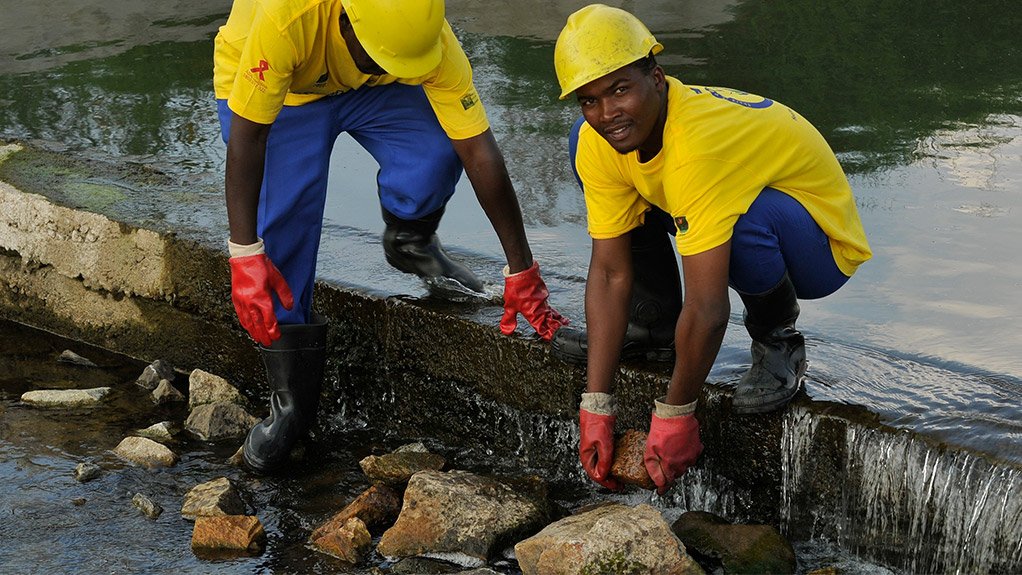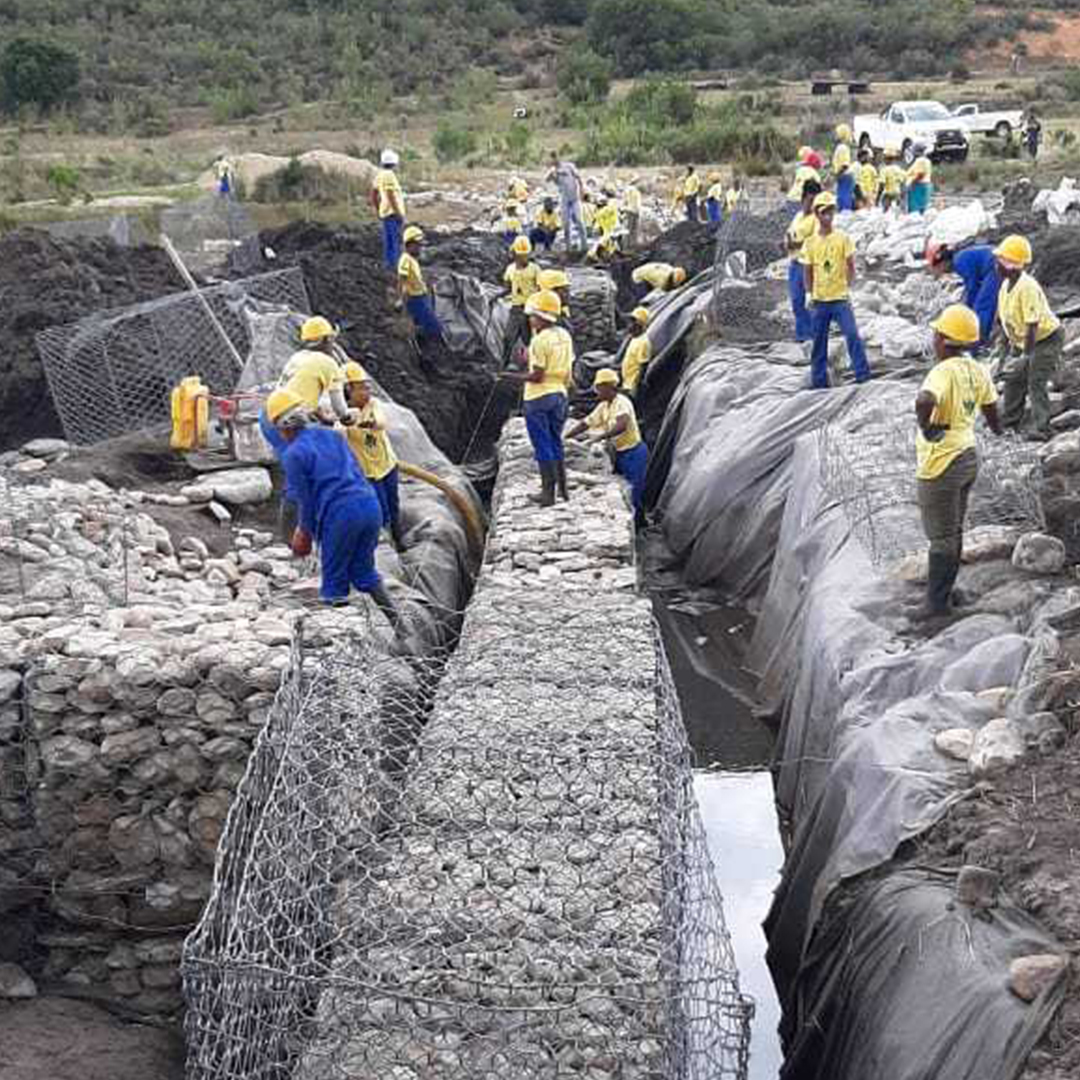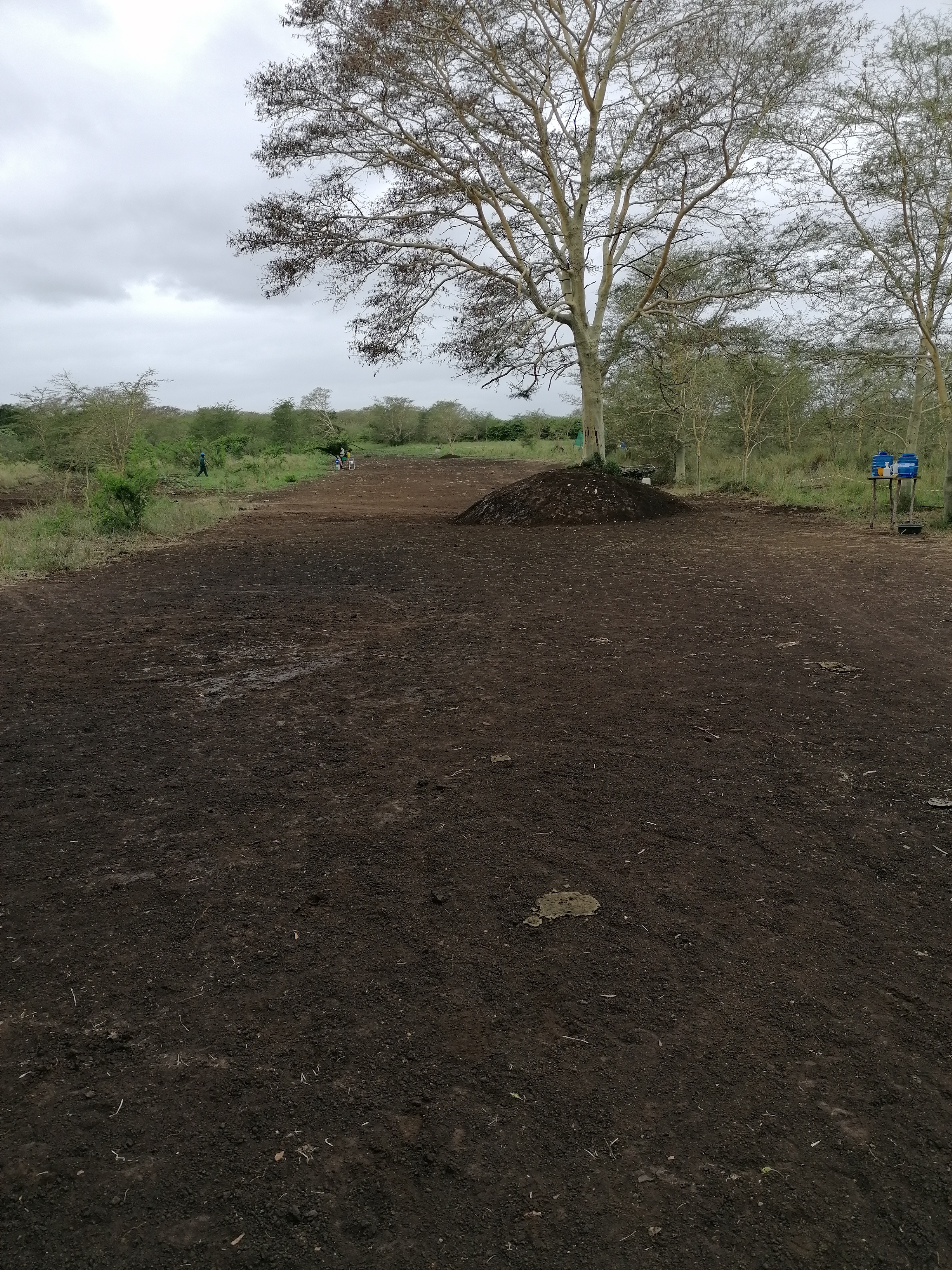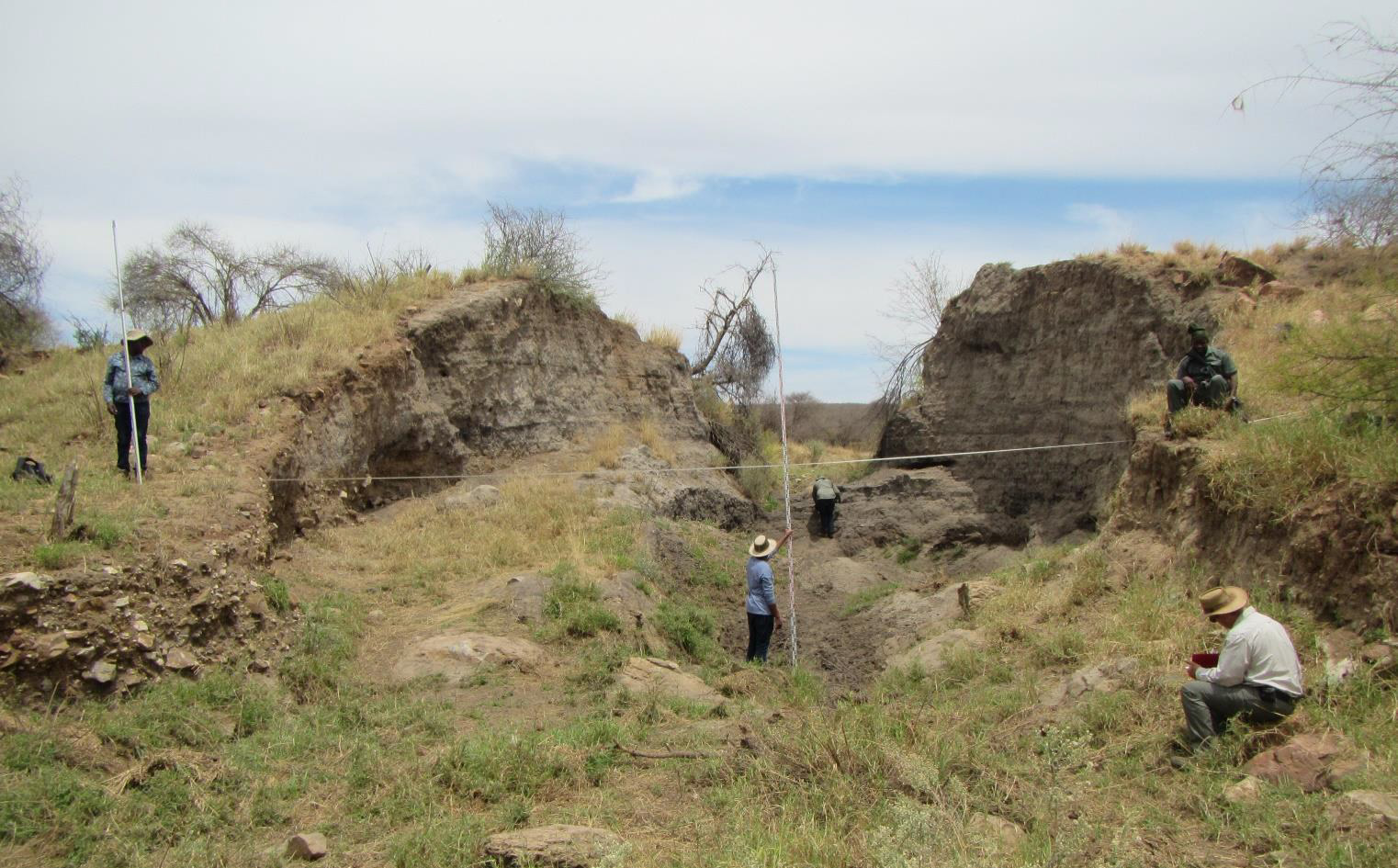WORKING FOR WETLANDS (WfWet) DEFINED
JOINT INITIATIVE OVER COOPERATIVE GOVERNANCE AND PARTNERSHIP
Working for Wetlands (WfWets) is a joint initiative of the DFFE, Department of Water Affairs (DWA) and the Department of Agriculture, Land Reform and Rural Development (DALRRD).
This illustration of cooperative governance and partnerships comes to life through projects that focus on the rehabilitation, wise use and protection of wetlands in a manner that maximises employment creation, supports small businesses and transfers relevant and marketable skills to beneficiaries.
The Working for Wetlands mandate is derived from the environmental right contained in the Bill of Rights, section 24 of the Constitution, which provides that everyone has the right -
(a) to an environment that is not harmful to their health or well - being; and
(b) to have the environment protected, for the benefit of present and future generations, through reasonable legislative and other measures that:
(i) prevent pollution and ecological degradation.
(ii) promote conservation.
(iii) secure ecologically sustainable development and use of natural resources while promoting justifiable economic and social development.
STRATEGIC OBJECTIVE
To prevent and reduce the degradation of wetlands. Further to conservation initiatives, this will be done using wetland rehabilitation methods to restore hydrological function that underpins water flow and quality regulation within wetlands.
VISION FOR WfWet
The vision of the Working of Wetlands Programme is to facilitate the protection, conservation, rehabilitation and sustainable use of wetlands in South Africa, in accordance with national policies and commitment to international conventions and regional relationships. The main objective of the programme is wetland conservation in South Africa, and this is conducted in a way that ensures poverty reduction through employment and skills development amongst vulnerable and marginalised groups.
WETLANDS, OUR NATURAL ASSETS
Wetlands are our natural assets and natural infrastructure, often referred to as ecological infrastructure, which provide a range of products, functions and services, free of charge. Despite being high-value ecosystems, they make up only a small fraction of the country. Thus, the Working for Wetlands Programme aims to prevent and reduce the degradation of wetlands. This will be carried out using wetland rehabilitation methods to restore hydrological function that underpins water flow and quality regulation.
ENVIRONMENTAL AUTHORISATION (EA)
The work undertaken is regarded as being environmentally sensitive, therefore, the project interventions of the WfWets projects trigger activities identified in terms of section 24(2)(a) and (b) of the National Environmental Management Act, 1998 (Act No. 107 of 1998), (hereafter referred to as “the act”) may not commence without environmental authorisation from the competent authority. The interventions are also regarded as water uses in terms of section 21(c) and (i) of the National Water Act, 1998 (Act No. 36 of 1998) (the NWA).
HUMAN LABOUR INTENSIVE
As the projects undertaken by the WfWets Programme are rehabilitation-oriented, human labour-intensive and avoid the use of heavy machinery. They do not fall within the usual development projects, which have the potential to cause significant detrimental impacts on the environment. In addition, the rehabilitation interventions are similar over all projects and have been consistently implemented, therefore, their impacts and mitigation measures are well understood. As such, it was deemed appropriate that projects implemented under the WfWets Programme can be excluded from the need to obtain environmental authorisation as provided for in section 24(e) of the act, based on adherence to a Generic Environmental Management Programme for the Working for Wetlands Programme (version 0 of June 2020), which is adopted as an environmental management instrument to allow for the exclusion of all activities triggered by the WfWets projects as identified in the Environmental Impact Assessment Regulations listing notice 1, 2 and 3 of 2014, as amended, from the requirement to obtain environmental authorisation from the competent authority as contemplated in section 24(2)(e) of the act
CATEGORIES OF PROJECTS
IMPLEMENTED WITHIN WORKING WfWet
NON - INFRASTRUCTURE PROJECTS |
WETLANDS REHABILITATION INTERVENTION
Working for Wetlands projects are implemented in accordance with the 5-year strategic plans and rehabilitation plans.
Due to the nature of the work, the project implementation consists of wetlands rehabilitation methods within ecologically sensitive environments and related aquatic systems and are classified as non-infrastructure projects.
EXAMPLES OF WfWet REHABILITATION PROJECTS INCLUDE:
- Earth berms or gabion systems to block artificial channels that drain water from or divert polluted water to the wetland.
- Concrete and gabion weirs to act as settling ponds, to reduce flow velocity or to re-disperse water across former wetland areas thereby re-establishing natural flow paths.
- Earth or gabion structure plugs to raise channel floors and reduce water velocity.
- Concrete or gabion structures to stabilise head-cut or other erosion and prevent gullies.
- Concrete and/or reno mattress strips as road crossings to address channels and erosion in wetlands from vehicles.
- Gabion structures (mattresses, blankets or baskets) to provide a platform for the growth of desired wetland vegetation.
- The use of biodegradable or natural soil retention systems such as eco-logs, Macmat-R plant plugs, grass or hay bales, and brush-packing techniques.
- The re-vegetation of stabilised areas with appropriate wetland and riparian plant species.
- Alien invasive plant clearing, which is an important part of wetland rehabilitation (this is supported by the Working for Water Programme).
- Fencing-off of sensitive areas within the wetland to keep grazers out and to allow for the re-establishment of vegetation.
- The removal of undesirable plant and animal species.
REQUIREMENT TO ADDRESS CAUSE OF DAMAGE OR DEGRADATION
The successful rehabilitation of a wetland requires that the cause of damage or degradation is addressed, and that the natural flow patterns of the wetland system are re-established (flow is encouraged to disperse rather than to concentrate). The key purposes of implementing interventions include:
- Restoration of hydrological integrity (e.g. raising the general water table or redistributing the water across the wetland area).
- Recreation of wetland habitat towards the conservation of biodiversity.
- Job creation and social upliftment.


